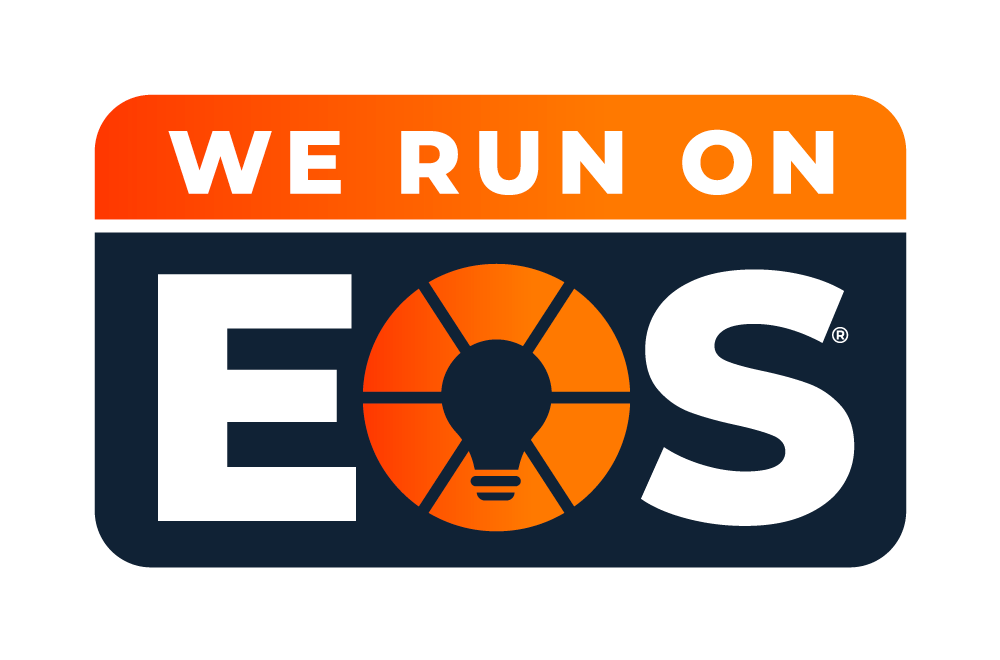When building a strategic business plan for your company, it can take days or weeks to do all the planning. It might even require the establishment of committees or working teams to work on the different aspects, and the result will be a long, thick document that may not be easy to follow and usually gets shoved in a drawer somewhere and is never viewed again. The challenge with this is that when you ask people where the company is headed and how their work fits into the long-term direction of the company, they have usually forgotten in a couple of weeks.
A business plan should be something that everyone in the organisation can articulate clearly. It should relate this longer-term plan to the work that they do every day. They should understand the long-term goal, how it is broken down into pieces of strategic work and ultimately, their weekly and day-to-day work.
If you are interested in a more straightforward way to build a strategic business plan that everyone can follow and refer to every day, you have come to the right place. The Vision/Traction Organiser is a simple two-page document that, once completed, can give you a snapshot of your overall strategic plan and the time frames in which it needs to be implemented.
Part of the Entrepreneurial Operating System, the Vision/Traction Organiser (VTO) (or 2-page strategic plan) has you answering eight essential questions to get the management team thinking and working together.
Read on to discover these eight questions and how you can use them to build your strategic business plan.
1. Core Values
Who are you as a company, and what is important to you as a company? This helps you to review who and what fits into your company and what doesn’t work.
2. Core Focus
In traditional terms, this would be referred to as the vision and mission of the business. It is essential to know your purpose as a company and what it is that you can do better than anyone else.
3. Long-Term Targets
Select a range from five to twenty-five years. A good rule of thumb is to choose your targets based on a 10-year time frame. These large targets help everyone see the bigger-picture ideas of the business.
The strategic business plan needs a straightforward marketing strategy that involves identifying your target market, designing a message that will be attractive to that market, investigating the process that a customer will go through to become your client and working on what guarantees you can offer to your client.
5. The Three-Year Picture
This describes what the company will look like in three years hence. Establishing this is useful because it allows employees to see where the business will be and how they fit into the picture.
6. The One-Year Plan
Take one-third of your three-year picture to give you a snapshot of where you would like to be one year from now. Make sure this includes achievable targets for the next year.
7. Rocks
Now it’s time to set between three and seven priorities for the following three months. It is no good trying to focus and juggle too many things and fail. Instead, set a maximum of seven goals, increasing your chance of achieving them.
8. Issues List
In this final section, you will list all the things that can present problems to your business.
Contact Business Action today to find out how you can weave all of this information into a strategic business plan that works.
==========================================
For more support:
Join our community on LinkedIn: https://www.linkedin.com/groups/10415…
Visit our website: https://www.businesstraction.com/
Sign up for our newsletter: https://tinyurl.com/biztraction-signup

